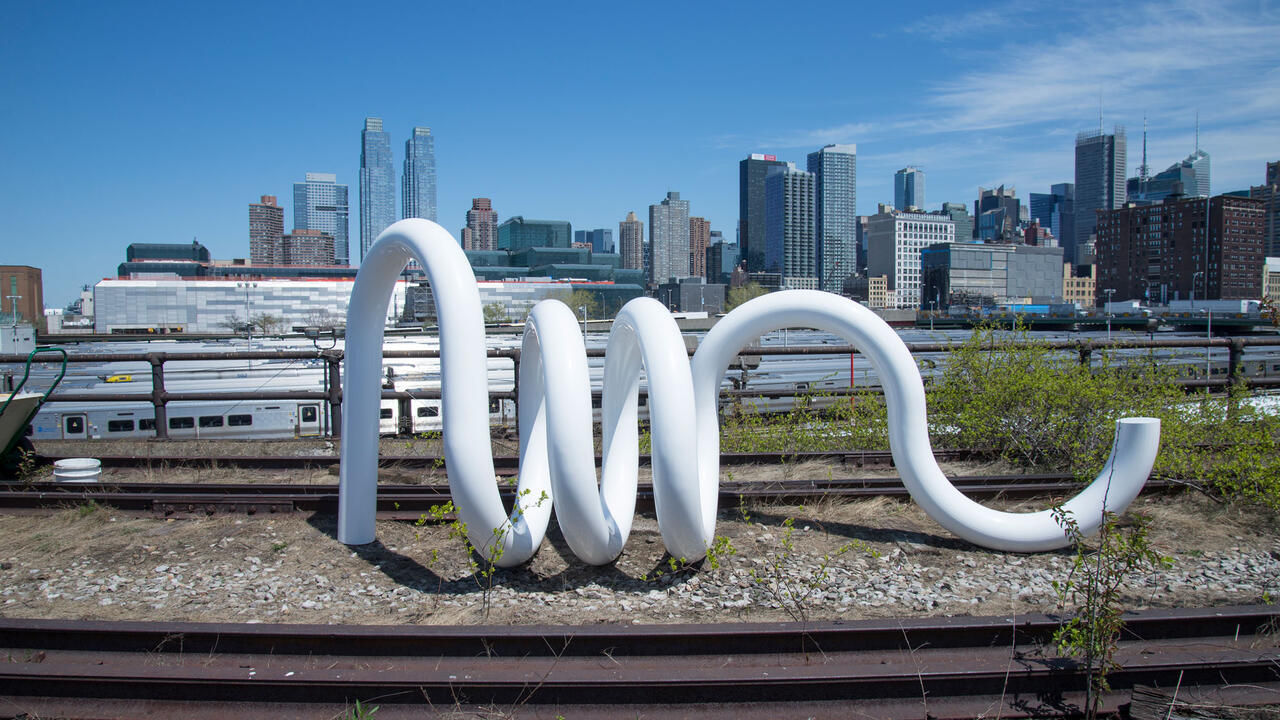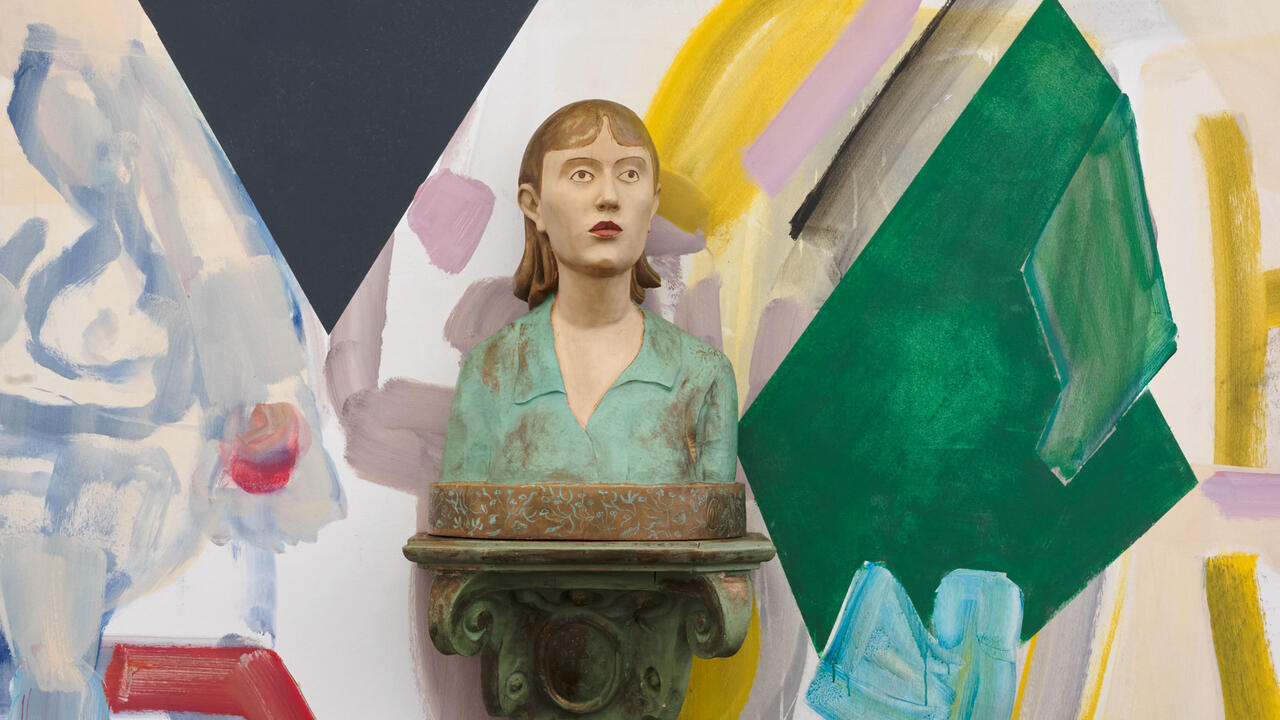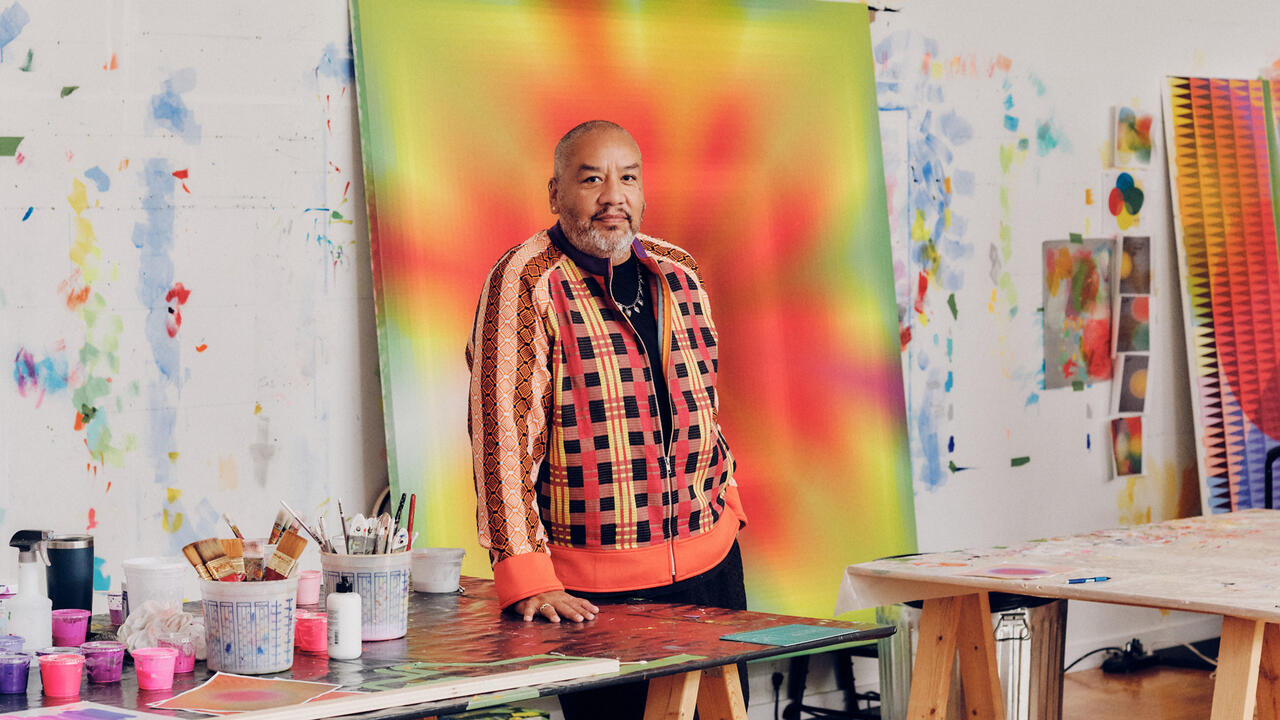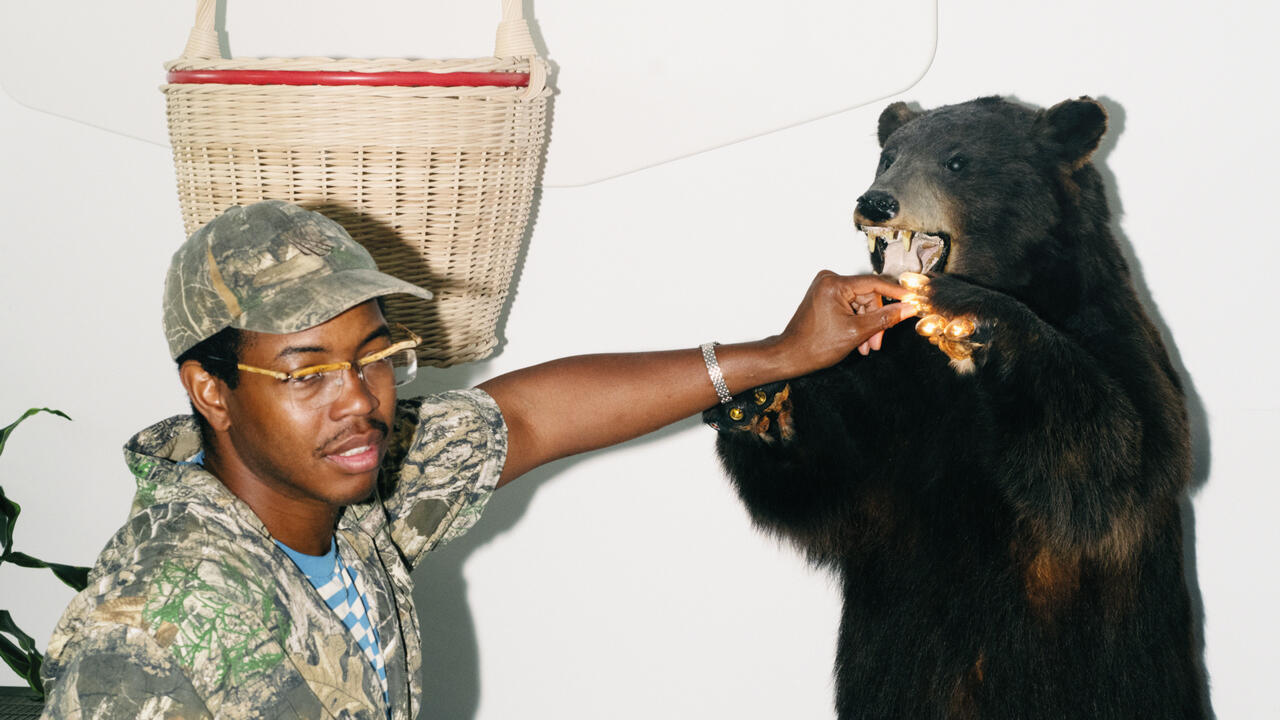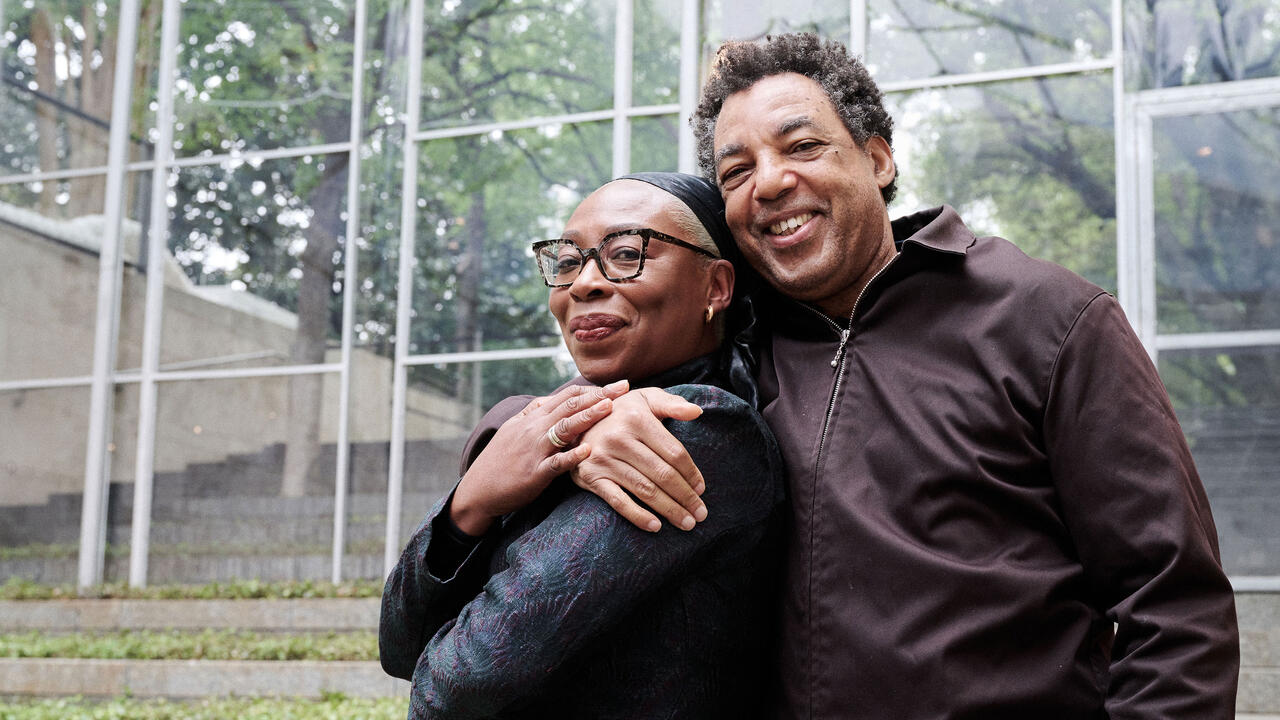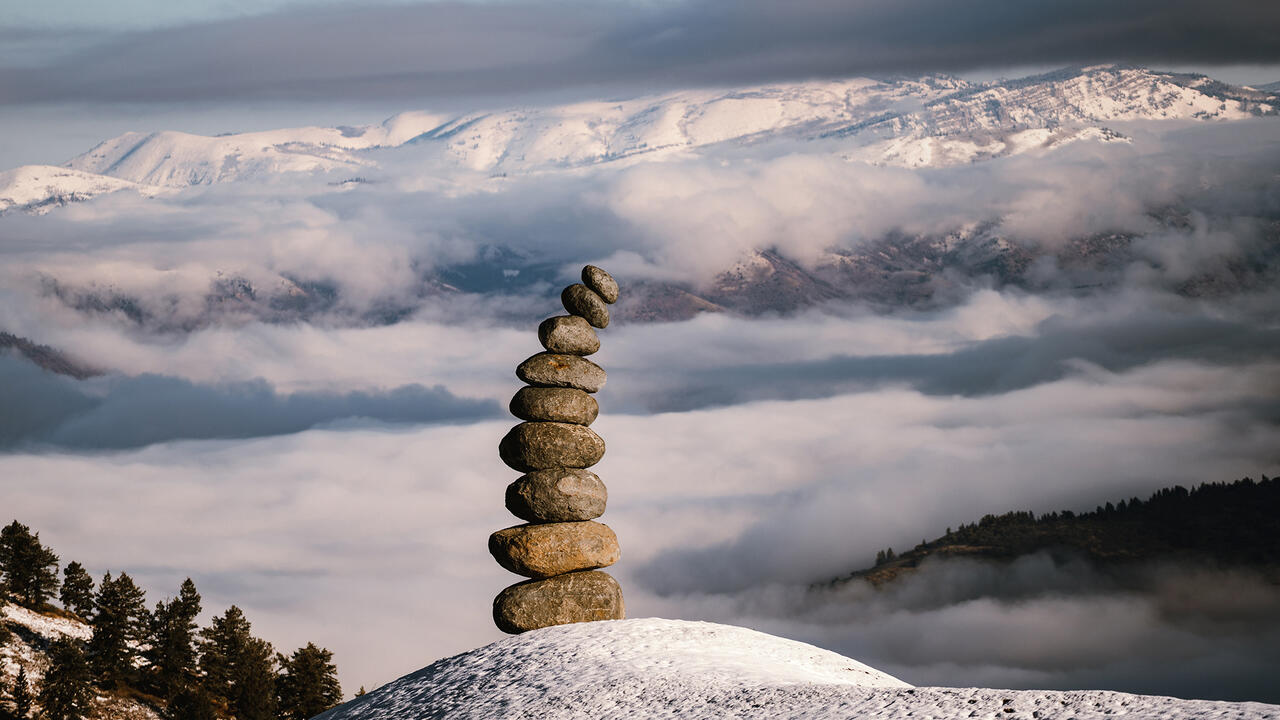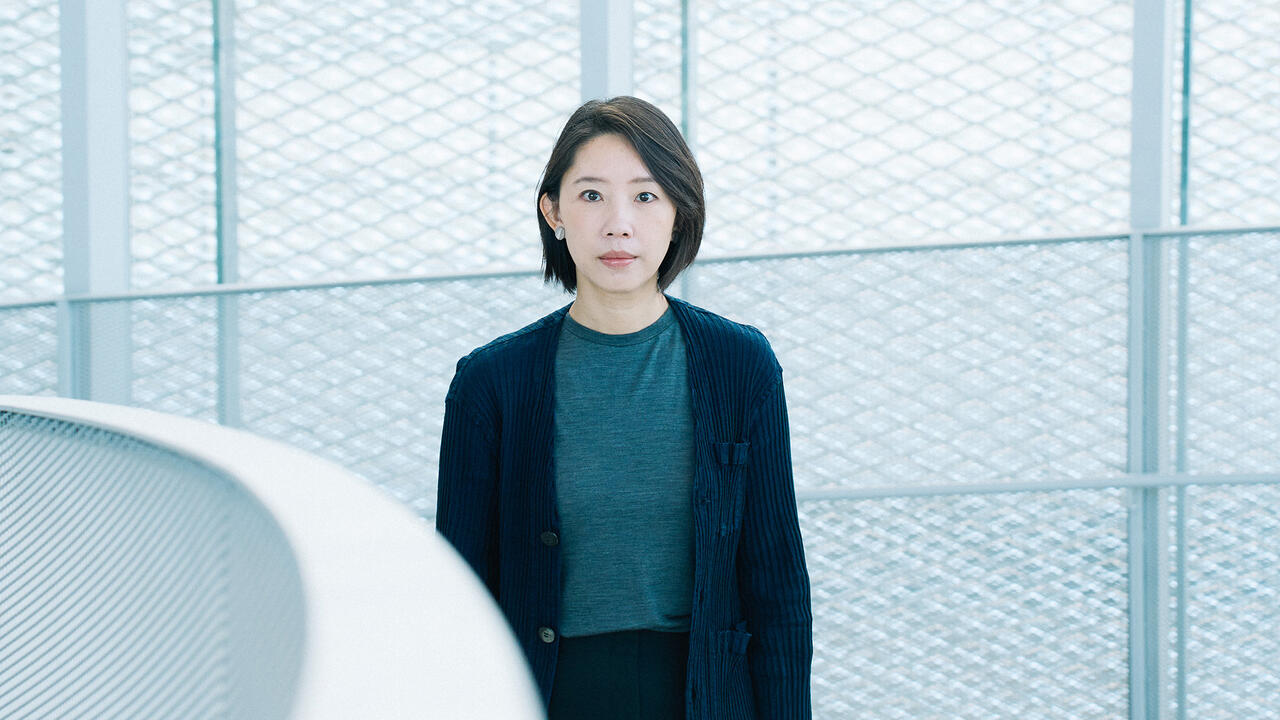‘I’d rather lose prizes and win cases’: an interview with Eyal Weizman of Turner Prize-nominated Forensic Architecture
The agency’s founder talks about warfare in the age of post truth, deconstructing images and holding states and corporations to account
The agency’s founder talks about warfare in the age of post truth, deconstructing images and holding states and corporations to account

When the 2018 Turner Prize nominations were announced last week, they included Forensic Architecture, a trans-disciplinary research agency of roughly 15 people based at Goldsmiths College, University of London. Founded in 2010 by architect Eyal Weizman, professor of Spatial and Visual Cultures and Director of the Centre for Research Architecture at Goldsmiths, Forensic Architecture has pioneered a ‘counter-forensics’ approach to human rights violations across the globe, working with agencies such as the United Nations, Amnesty International and Human Rights Watch. The team has worked on investigating cases such as the Syrian torture prison Saydnaya, drone strikes in Waziristan and most recently the Grenfell Tower fire in London, a project only just underway. A survey exhibition of the group’s activities is on show at London’s Institute of Contemporary Arts until 13 May. We spoke to Weizman about ‘counter forensics’, the group’s methodology and how it feels to be nominated for the UK’s most prestigious art prize.

Ellen Mara De Wachter How was Forensic Architecture established and what is its mission?
Eyal Weizman Forensic Architecture uses architecture to investigate human rights violations by nation states or corporations. I started it in 2010 in response to a number of political and technological challenges. Politically, the rise of the popular right is now increasingly made distinct in attacking not only facts, but also the means of verification and the possibility of ascertaining facts. The means of verification are questioned as a political strategy, on issues of human rights violation, the history of genocide and climate change, in places like Poland, Hungary, the US, parts of Britain, Turkey and Russia. We need to remember that this supposedly new reality of post-truth is a constant feature of warfare that I first encountered in relation to the Israeli colonization of Palestine. Denial and negation were always part of military violence, violence is aimed at people and things and at the ‘measuring devices’ – so to speak – that could record those violations.
This reality makes it essential for a group of critical scholars, architects, lawyers and artists to do something that could be considered counter-intuitive only a few years ago: to fight for facts, verification and establishing truths in the face of denial. The very idea of creative practitioners establishing a forensic institute could seem strange but the aim was becoming a counter-forensic unit, inverting the forensic gaze and directing our analysis at states. Counter-forensics encompasses two types of actions: understanding the means by which we are surveilled and subverting them or camouflaging from them, and then turning the lens around and investigating the crimes of states or corporations.

EMDW How?
EW This is when we come to the technological transformation. We do this thanks to the proliferation of new sources of evidence, leaks, data and user-generated images. For example, working with Amnesty International, we used Facebook to track an American contractor to the US air force around a military base in northern Cameroon simply by geo-locating his posting with a combination of location tracking and architectural matching. This allowed us to expose US presence right next to places of illegal detention, torture and execution, to establish the fact that they would have had to know what was going on and, at worst, participate in those activities.

EMDW How do you establish the facts?
EW Some of our investigations are directed at disinformation, propaganda and lies that come out as statements with the full authority of corporations, when they destroy natural environments or take indigenous land, or states, when they cover up for what they do. We enter into the way in which police or other state agencies construct their narrative, and then we dismantle it, constructing cross-references from the fragments of available information, shards and flotsam of data and image, to compose something else.
One mode of constructing facts is aesthetic: we look carefully at what is inscribed and registered in images and try to reconstruct the scene around them. We are building narratives, not only dismantling state ones, by cross-referencing different kinds of aesthetic products such as images, films, haptic materiality, memory, language and testimony.

EMDW What is the guiding principle in how you handle images and materials, in contrast with how an artist might treat them?
EW: Our way of looking at images is to imagine the scene that lies outside the frame by interpreting carefully the information that is inside it. We are sometimes looking at the level of the single silver salt grain that composes a negative, for example, to try to understand the chemistry by which an object on the ground is captured in an aerial photograph. Or understanding the pixelation of an image. We compare and calibrate these images in relation to what we can study on the ground, if we can visit it, in a process referred to as ‘ground truth’.
Every camera records from both ends: what it captures through the lens, and the location and movement of the person who is documenting. Architecture then becomes the most important optical device for us. We build and enter into a space and that allows us to move from one image to the next, from one time frame to the next, to compose something from it and compare it to the disruption or interruption we find within the image or the flow of images or data. We call it ‘the architectural image complex’.

EMDW How do you manage the public display of projects when related court cases are still ongoing? For example, 77SQM_9:26MIN, which is a counter-investigation of the testimony of Andres Temme in relation to the murder of Halit Yozgat in Kassel, on 6 April 2006. Temme was then working for the domestic intelligence agency for the German state of Hessen. A version of your project was shown at documenta 14 last year and another is currently on view at the ICA, London, but it has yet to receive its final iteration in court.
EW There are different rules of evidence for different cases and courts. What is on show at the ICA is older work. We cannot show what we are working on now, because it is usually under some sort of confidentiality or legal privilege. The decision to show things in exhibitions is made in consultation with the lawyers and families involved, so the decision to show 77SQM_9:26MIN was made with the parents of the victim of this murder – Halit Yozgat – and they supported it from the start.
Showing in a gallery sometimes allows us to open an otherwise closed case. Using the clout of an exhibition like documenta and showing the work in Kassel was strategic. It attracted much attention in Germany, the queues outside the little cubicle at documenta placed demands on the German parliamentary inquiry of Hesse to consider it and show it and finally they did. This led to a rather comical exchange by which the CDU, Angela Merkel’s Christian Democratic Union party, started ferociously attacking Forensic Architecture, using similar language to Russian propagandists, or the Israeli military when they deny violations.

EMDW Last week you tweeted in response to the Turner Prize nomination: ‘Very surprised and a little overwhelmed by the Turner nomination. Will it help promote FA’s cause and investigations (what matters) or get us subsumed within the arts-financial-complex?’ What are the risks you allude to?
EW Although we are not artists, Forensic Architecture has been operating within the cultural and art worlds, benefiting and to a certain extent contributing to a discussion undertaken within them. Some of our critics use the fact that we exhibit in art institutions against us, like the German CDU who called our work art rather than evidence, which creates a false dichotomy. Whatever ‘art’ is, is anyways elastic. Abandoning the term to appease our critics is giving up too much. We should rather insist, as counterintuitive as it may seem, on the evidentiary dimension of art and its truth value!
The reason for my tweet was that the nomination came at the end of a difficult week for us, when we had three major setbacks with cases we had worked on for a long time with communities and victims. We certainly felt the difference between the reception in the cultural sphere and the harder sphere of politics. At that moment, I thought I would so much rather lose prizes and win cases.

EMDW What new projects are you working on? You recently released an open call for images and footage of the 2017 Grenfell Tower disaster in London, for example.
EW The Grenfell project is about using similar techniques to those we developed in conflict zones, working with the architectural location and timing of images and clips, only this time closer to home in London. The idea is to investigate the fire from the point of view of the Londoners who experienced it, synching up all the short videos into as complete an account as possible.
EMDW Are you optimistic about the effects your work may have on local and international justice?
EW The positive effect of an investigation is not only in relation to a particular case, because victories in the context of human rights are anyway rare. On the one hand forensics offers the kind of optimism of a grave-digger – you are there when it is too late – but in the field of human rights, it’s always about the next case. Also working on cases builds solidarity between communities and activists, a community of practice that is sometimes scattered across the world. It gives a sense of agency in the use of the tools and in making aesthetic production operative in terms of changing things on the ground. So, for example, after we exposed those secret prisons in Cameroon, we believe that they are no longer in operation in the same way they have been: so there is a material change in the world.
‘Counter Investigations: Forensic Architecture’ runs at the ICA, London until 13 May.
Main image: Eyal Weizman. Courtesy: Birkbeck, University of London; photograph: Dominic Mifsud








